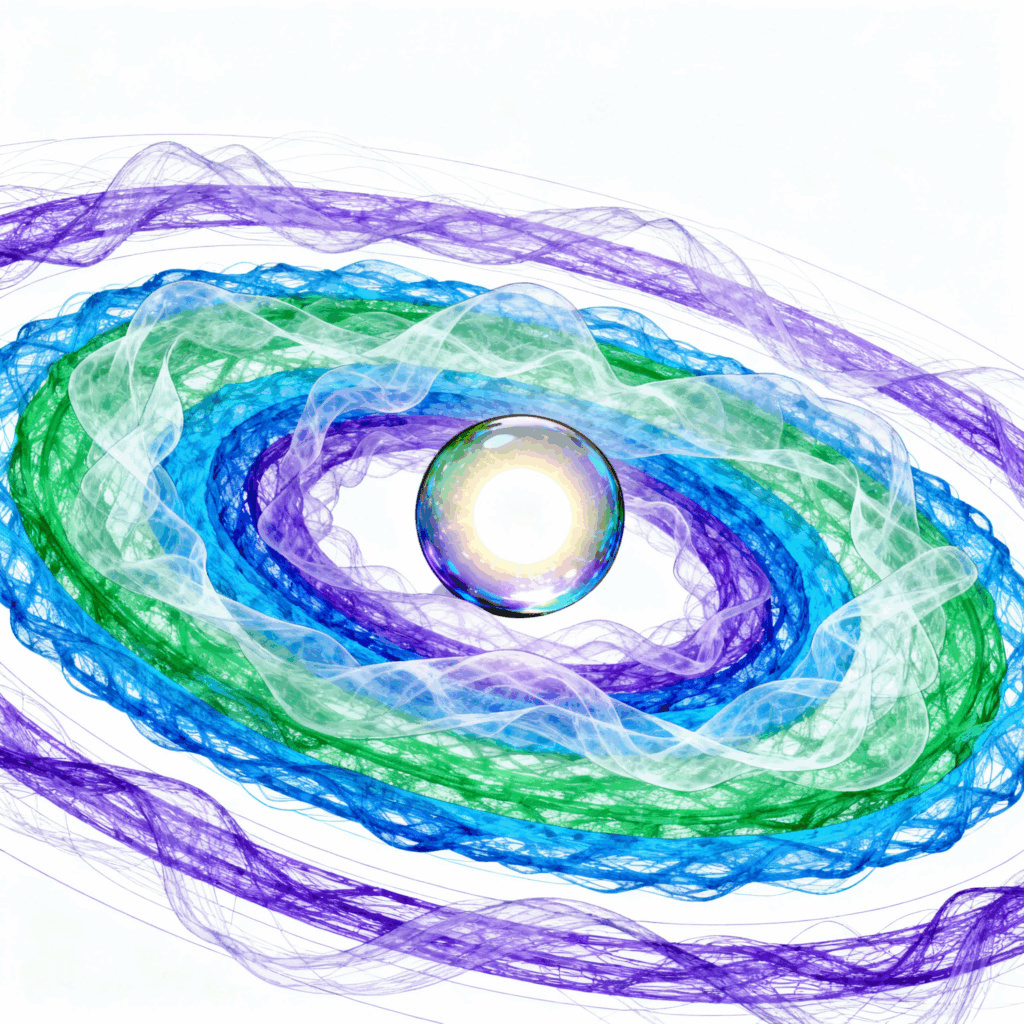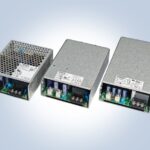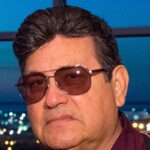Infrared detectors made with liquid “quantum ink” avoid hazardous materials, offering a pathway to cheaper, safer and larger-scale imaging systems.

Infrared detectors can now be made with liquid quantum dots called “quantum ink” instead of toxic heavy metals, according to new research published in ACS Applied Materials & Interfaces. The approach replaces materials such as mercury and lead, which face increasing restrictions under environmental regulations.
Instead of building detectors by carefully placing atoms one by one, the new method makes quantum dots in liquid form, like an ink. This ink can be spread over large areas using the same coating techniques already common in industries such as printing and packaging. That makes the process quicker, less expensive, and easier to scale for mass production of infrared detectors.
Through a process called solution-phase ligand exchange, their surfaces are chemically adjusted to make the dots function in detectors. This treatment improves electrical conductivity and creates smooth, uniform films. The result allows incoming infrared light to be converted into electrical signals efficiently and consistently.
Research team from NYU Tandon School of Engineering conducted tests and the results show that the new detectors respond to infrared light on the microsecond scale and can register signals as faint as a nanowatt. Although current performance does not yet match the most advanced heavy-metal systems, continued improvements in material design are expected to reduce the gap.
The work also connects to earlier advances in transparent electrodes made from silver nanowires. These electrodes allow infrared light to pass while conducting electricity, ensuring that signals can be collected effectively from the quantum dot layer.
Together, the liquid quantum dots and transparent electrodes address two major components of infrared imaging. The combination supports the development of large-area detector arrays that are compliant with environmental standards and suitable for commercial and defence applications.










